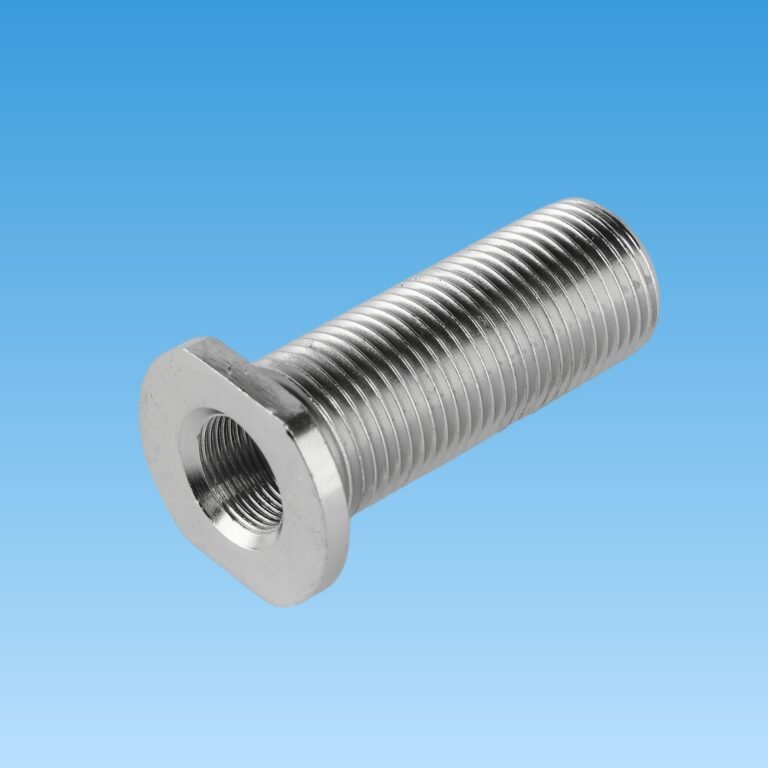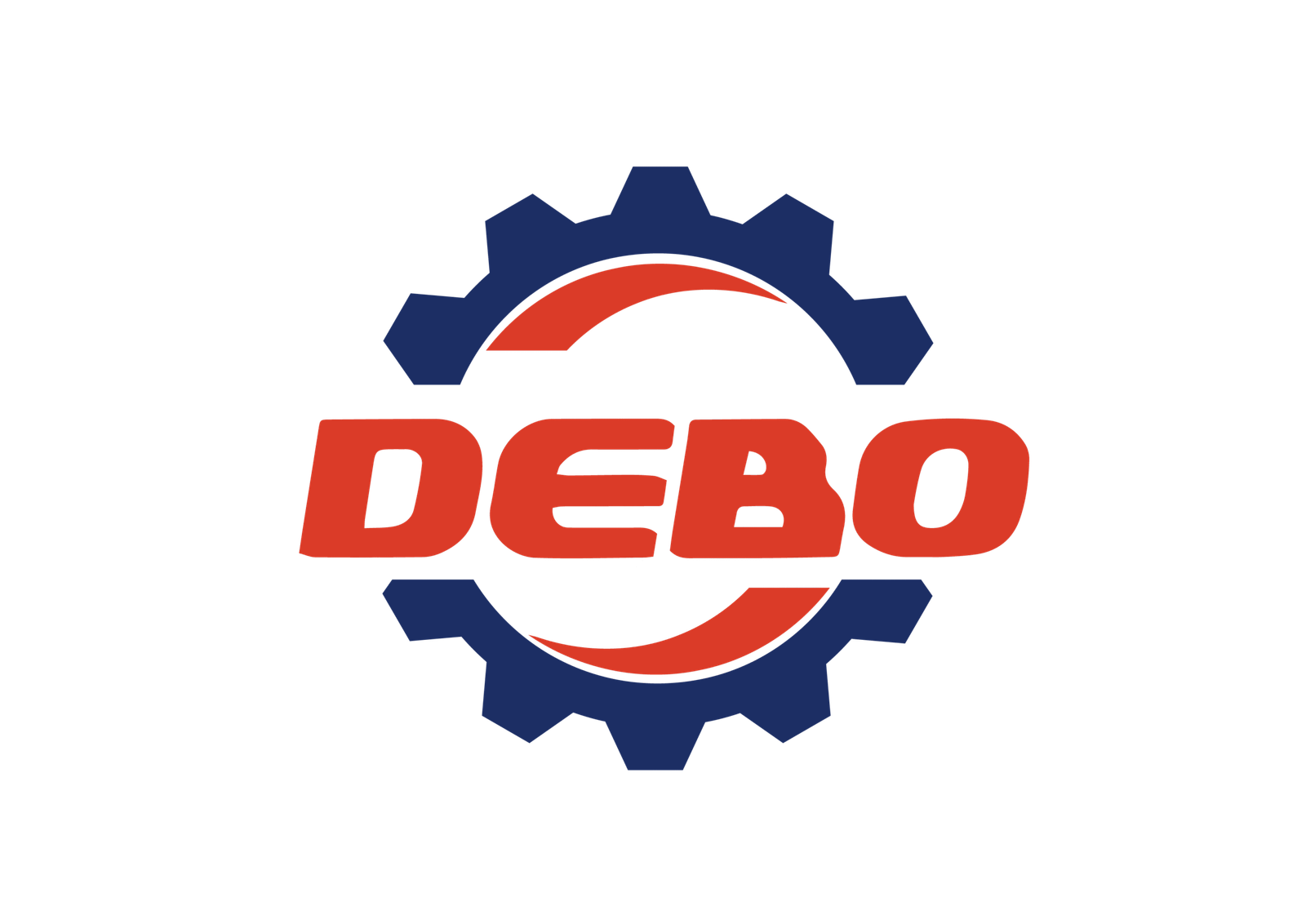In today’s globalized manufacturing landscape, the standardization of fastener dimensions plays a crucial role in ensuring product compatibility, reducing assembly errors, and simplifying procurement. Especially for commonly used threaded components such as bolts, studs, and screws, standardized end configurations help maintain consistent quality and assembly efficiency across different industries and international supply chains.
The DIN EN ISO 4753 standard addresses this very need by providing clear specifications for the end configurations of externally threaded fasteners. This international standard sets recommendations for shape, geometry, and dimensional tolerances, ensuring that fasteners manufactured or used globally conform to a consistent and unified guideline.
This article offers a detailed overview of the DIN EN ISO 4753 standard, including its scope, end types, dimension tables, engineering significance, and practical applications. Whether you're a manufacturer, design engineer, or procurement manager, understanding this standard will help you select or produce fasteners that meet international specifications.
What Is DIN EN ISO 4753?
DIN EN ISO 4753 is titled:
“Fasteners – Ends of parts with external ISO metric threads”
It is jointly adopted by:
-
DIN – German Institute for Standardization
-
EN – European Standardization
-
ISO – International Organization for Standardization
The standard is specifically aimed at external threaded fasteners, such as bolts, screws, studs, and threaded rods with ISO metric threads.
Scope of DIN EN ISO 4753
This standard applies to:
-
Fasteners with ISO metric external threads (conforming to ISO 261 and ISO 965);
-
Components such as machine screws, bolts, double-ended studs, and custom threaded parts;
-
Nominal thread diameters ranging from M1.6 to M64;
-
Manufacturing via machining, cold heading, or forming processes;
-
Fasteners made of carbon steel, stainless steel, alloy steel, and other common engineering materials.
Note: DIN EN ISO 4753 focuses only on the design of the fastener ends, not the mechanical properties or performance grades of the fasteners.
Main Content of the Standard
DIN EN ISO 4753 defines six recommended types of external thread end forms, each tailored for specific use cases and manufacturing processes.
1. Type A: Flat End
-
Description: End is cut perpendicular to the axis of the thread
-
Application: General-purpose; easy to manufacture
2. Type B: Chamfered End
-
Description: 15° or 30° chamfer to ease insertion
-
Application: Improves assembly alignment; ideal for automation
3. Type C: Rounded End
-
Description: Hemispherical or convex end
-
Application: Reduces stress concentration; used in precision or contact applications
4. Type D: Sheared End
-
Description: Cut with no machining; rough finish
-
Application: Economical fasteners, low visual or performance requirements
5. Type E: Chamfered End with Slot
-
Description: Chamfered end with screwdriver slot
-
Application: Designed for manual or tool-assisted fastening
6. Type F: Machined Tapered End
-
Description: Smooth, machined conical taper
-
Application: Precise insertion into mating parts; positioning pins and tooling screws
Engineering Significance of End Types
Choosing the correct fastener end form is essential for optimizing performance, cost, and assembly efficiency. Here's why:
✅ Assembly Speed
Type B chamfered ends facilitate quick alignment during automated assembly or high-speed production lines.
✅ Fatigue Resistance
Type C rounded ends reduce sharp edges and stress risers, extending service life in load-bearing applications.
✅ Cost Reduction
Type D sheared ends lower machining costs for non-critical fasteners, especially in large-volume production.
✅ Specialized Functions
Type F tapered ends are ideal for alignment-critical applications like mold installations and fixture setups.
Standardized Dimensional Parameters
DIN EN ISO 4753 provides recommended dimensions and tolerances for each end type, including:
-
Chamfer length (L1)
-
Chamfer angle (typically 15° or 30°)
-
Radius of rounded ends (R)
-
Tolerance classes (e.g., IT14)
The values vary based on thread diameter (M size). Sample table:
| Thread Size (M) | Type A Length | Type B Chamfer | Type C Radius | Recommended Use |
|---|---|---|---|---|
| M6 | 0.5 mm | 0.8 mm | 1.2 mm | Machine screws |
| M16 | 1.2 mm | 1.8 mm | 2.5 mm | Structural bolts |
| M24 | 1.8 mm | 2.5 mm | 3.8 mm | Heavy-duty threaded rods |
These recommendations help ensure consistency across different fastener types and applications.
Relationship with Other Standards
DIN EN ISO 4753 works in conjunction with other major standards:
| Standard | Description | Relationship |
|---|---|---|
| ISO 261 / ISO 965 | ISO metric thread specifications | Base for thread sizing |
| DIN 76 | Thread undercut and run-out forms | Often applied together with 4753 |
| ISO 4014 / 4017 | Hex bolts and screws | Thread ends defined via 4753 |
| GB/T 9145 | Chinese equivalent to DIN EN ISO 4753 | Fully or partially aligned |
Practical Application in Fastener Manufacturing
For manufacturers and OEM suppliers, implementing DIN EN ISO 4753 brings several benefits:
✅ Process Standardization
Unified end designs across product lines ensure production consistency and reduce setup variation.
✅ Enhanced Compatibility
Standardized end forms reduce assembly issues, particularly with automated systems and cross-supplier integration.
✅ Regulatory and Customer Compliance
Many international clients, especially in Europe, specify end types based on ISO 4753. Meeting these standards ensures acceptance.
✅ Clear Communication
Using standardized terminology and end codes avoids misinterpretation of drawings and specifications.
Real-World Use Cases
Automotive Example
An engine block stud uses a Type B chamfered end to ensure smooth insertion into threaded holes. This improves torque accuracy and assembly speed.
Wind Energy Example
A heavy-duty foundation bolt uses a Type C rounded end to minimize stress at the tip under fluctuating loads, increasing service life.
Export Project Example
A European customer specifies "End Type A – Flat" in their technical drawing. The supplier refers to DIN EN ISO 4753 to manufacture the bolt accordingly, ensuring seamless compliance.
Conclusion: Why DIN EN ISO 4753 Matters
DIN EN ISO 4753 is more than just a size chart—it is an international design language for fasteners. By following this standard, manufacturers can ensure dimensional compatibility, streamline assembly, and satisfy global client expectations.
Whether producing standard bolts or custom threaded components, adopting ISO 4753 practices helps your business:
-
Improve consistency in production
-
Reduce design and engineering confusion
-
Meet international procurement and certification requirements
-
Enhance product interoperability and automation readiness
As a precision fastener manufacturer, we comply with DIN EN ISO 4753 across all relevant product lines. We can also provide custom-engineered thread end configurations tailored to your application needs while adhering to ISO standards.


